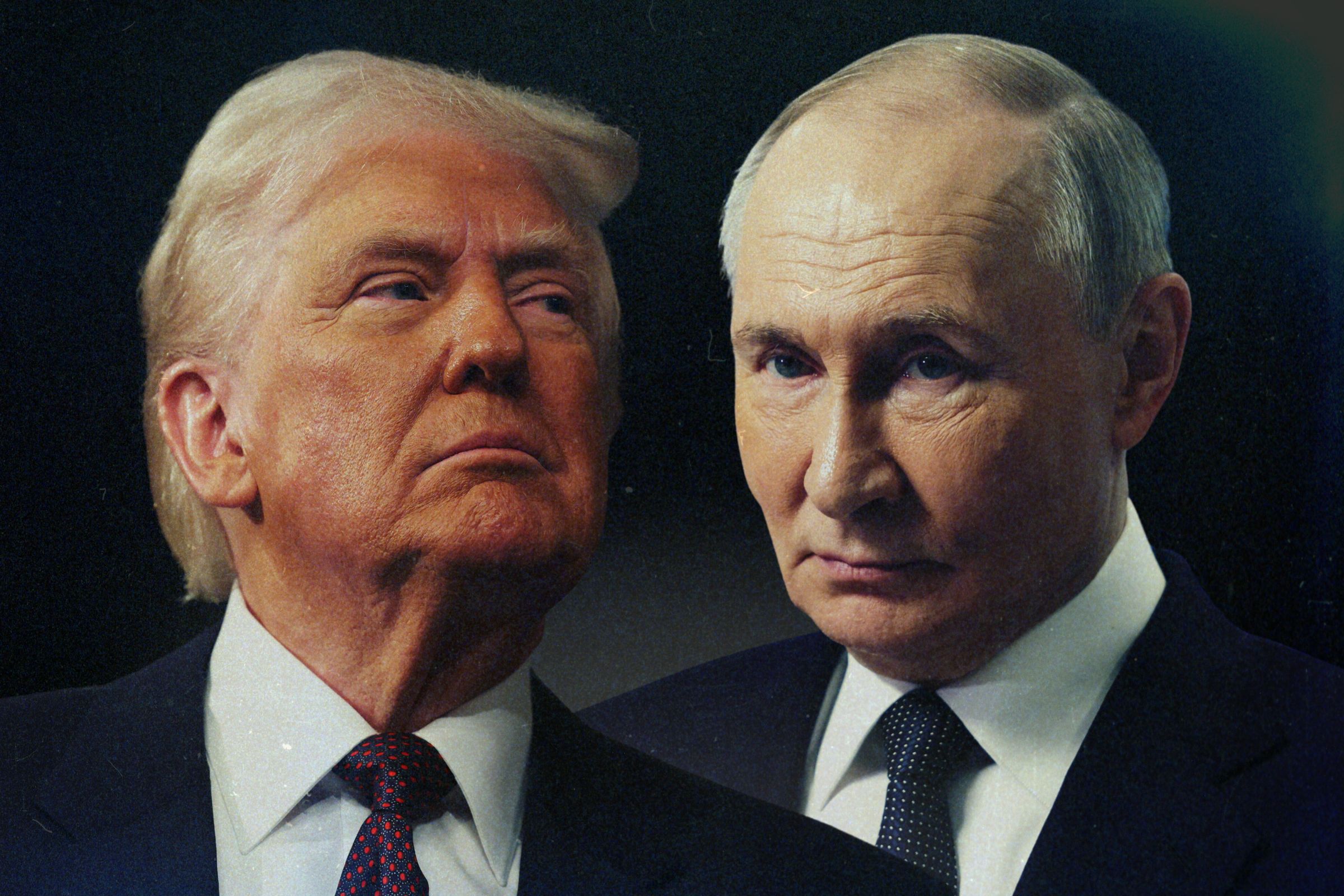Four summers ago, when the U.S. and Russia last held a summit of their two presidents, one of the officials in charge of organizing it was Eric Green. As Senior Director for Russia and Central Asia at the National Security Council, his phone rang whenever President Biden had a question about Vladimir Putin. In early 2021, it rang often.
For one thing, Putin decided that spring to send tens of thousands of troops to his border with Ukraine, raising fears of an imminent invasion.
[time-brightcove not-tgx=”true”]
At around the same time, Russian hackers launched a series of crippling ransomware attacks against American hospitals and businesses. On top of that, an important nuclear treaty between the U.S. and Russia was about to lapse. So Biden did what his successor, Donald Trump, would end up doing four years later: He invited Putin to meet and talk.
“The context was completely different,” Green told me this week, when I asked about comparisons to the summit Trump is holding with Putin today in Alaska.
Read more: Exclusive: The Secret White House Backchannel That Paved the Way For Trump’s Summit With Putin
Indeed, Russia had not yet invaded Ukraine when Biden met Putin for the last time in June 2021. But on one thing the Russian president has remained stubbornly consistent.
“There is continuity in his views about Ukraine,” Green says. “He wants to control its freedom of action, to dominate it.”
The stated aims of Trump’s summit with Putin — such as his idea of “swapping” one piece of Ukrainian territory for another, or the notion of a partial ceasefire — will not address what the Russian leader has long described as the “root causes” of the war. “When he talks about root causes, he’s talking about Ukraine’s existence as a sovereign, independent country,” Green explains. “That’s not Trump’s to give away.”
Without it, Putin cannot be expected to leave Ukraine in peace. At most, he might pause the fighting — allowing for a temporary truce to let his armies recover and his economy restore some of Russia’s depleted wealth. But seizing some Ukrainian territory would not satisfy Putin’s desire to bring the entire country under Russian control. Vladimir Solovyov, one of the leading propagandists on Russian state TV, made this clear to his millions of viewers this week. “Don’t delude yourselves,” he told them of the summit’s prospects for peace. “This war is for a long time.”
Putin’s objectives were not yet clear to Washington in June 2021. Ahead of that summit, held on neutral ground in Switzerland, on the shores of Lake Geneva, the Russians had pulled most of their forces away from their border with Ukraine, signaling that they wanted to give the U.S. a chance to prevent the outbreak of war. When Biden and Putin emerged from their meeting, however, their positions remained so far apart that the two leaders chose not to appear before the media to talk about the results. “We refused to have a joint press conference with him,” says Green. “We were dealing with an adversary, not a partner.”
Weeks later, Putin published a lengthy manifesto, arguing that Ukraine belongs by right to Russia and cannot exist as an independent nation. “True sovereignty of Ukraine is possible only in partnership with Russia,” he wrote.
By end of 2021, Russian troops returned to the border in even greater numbers, and Biden made another attempt to defuse the tensions with a presidential summit. He even offered to discuss issues far beyond Ukraine, such as the future of the NATO alliance and European security.
The Russians responded with a set of demands that the Americans could not even pretend to take seriously. The main one called for the NATO alliance to withdraw from eastern Europe, moving back to where they stood before Putin took power. “NATO needs to pack up its stuff and go back to where it was in 1997,” the lead Russian envoy in talks with the Americans, Sergei Ryabkov, said at the time.
The U.S. rejected the ultimatum and threatened sanctions, which came into force when Russia invaded in February 2022.
Since then, the only thing that has stopped Putin from taking the whole country has been Ukrainian military force, bolstered by Western weapons. Even battlefield defeats — Kyiv in spring 2022, Kharkiv and Kherson that fall — have not shifted his ambitions.
Today, the war has devolved into a grinding, bloody stalemate centered mostly around the eastern region of the Donbas, where Russian forces have continued making slow territorial gains, mile by mile, despite their own horrifying losses and the wholesale destruction of the towns and cities Putin claims to be liberating.
Still, Putin insists the “root causes” must be resolved before peace. On Aug. 1, days before Trump confirmed the Alaska summit, Putin repeated: “Our conditions, the goals of Russia, have not changed. The main thing is to uproot the causes of this crisis.”
All the while, the Russian leader has repeated time and again that the “root causes” of the invasion must be addressed before he ends the war. He said it again on August 1, about a week before Trump confirmed his plans for a summit in Alaska. “Our conditions, the goals of Russia, have not changed,” Putin said. “The main thing is to uproot the causes of this crisis.”
The phrase may sound open to interpretation, but to those who have dealt with him, it is anything but.
“He has been remarkably consistent on this point,” Green says. Putin wants all of Ukraine — and will use any means necessary to get it. A tactical pause to let Trump play peacemaker is one thing; securing the future of Ukraine is another. Only the Ukrainians, with whatever arms and allies they are able muster, can do that.

